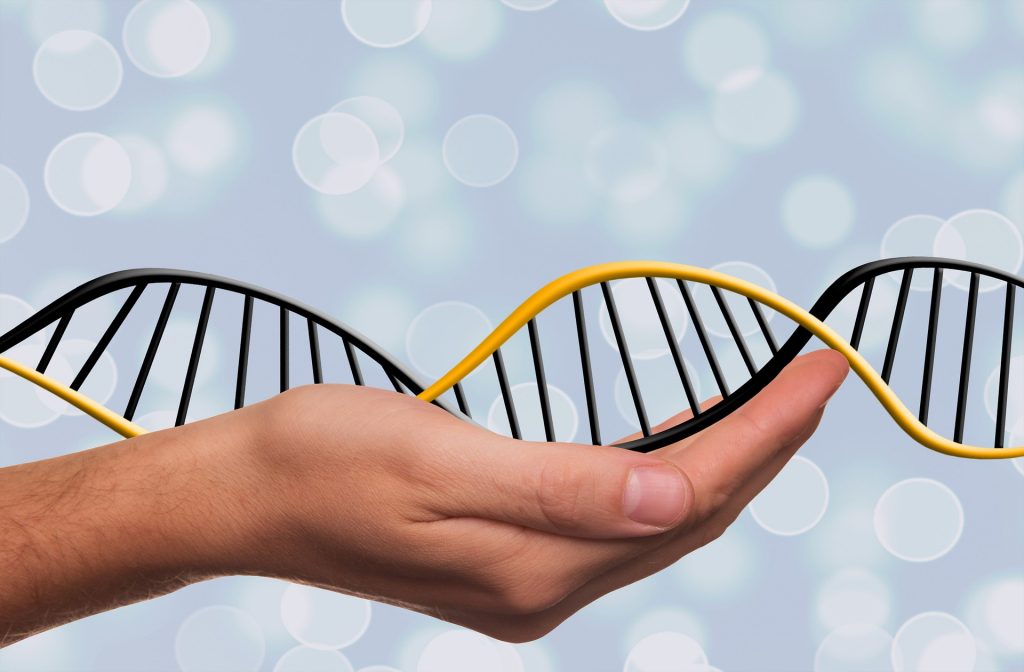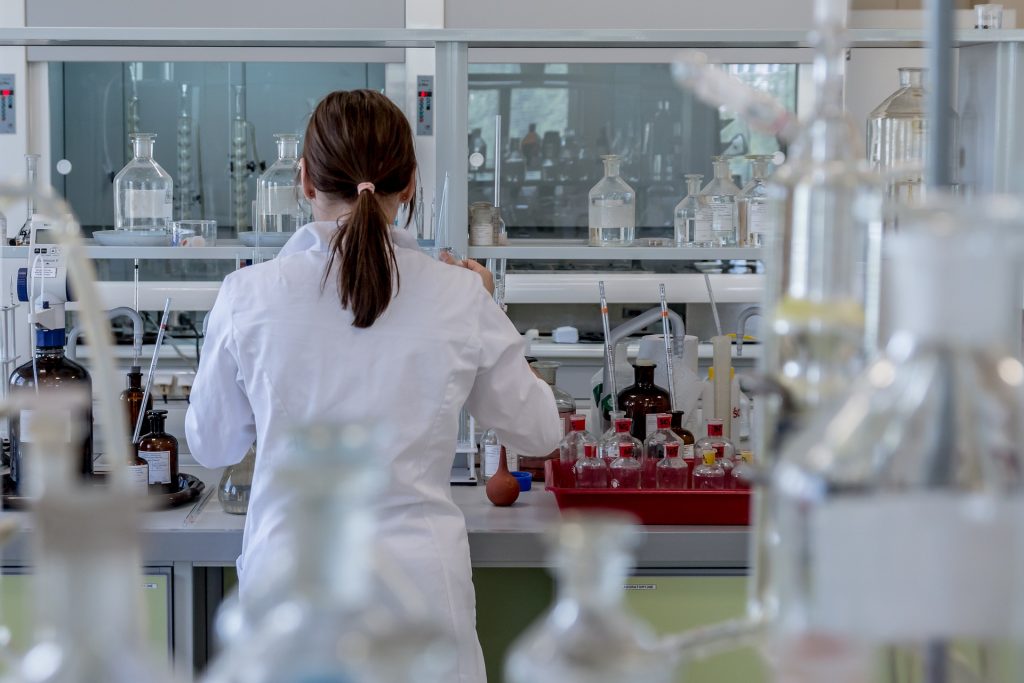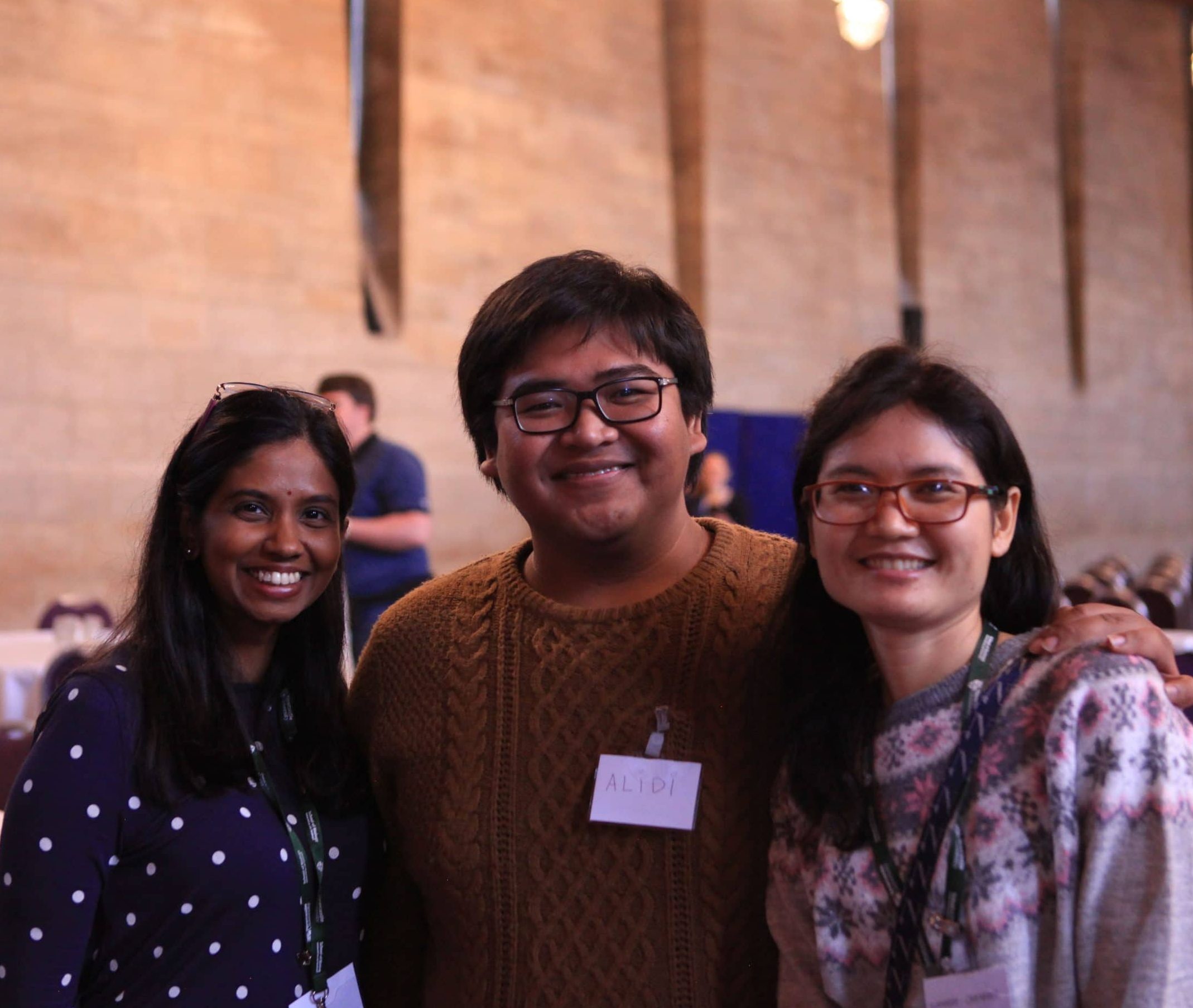by Joseph Smith
In my last blog post I discussed the use of a gene-editing technology, termed CRISPR, and the controversy surrounding its potential for use in human studies. Today I will talk about an experimental gene therapy, distinct from CRISPR, that has been used to restore the immune systems of young children with X-linked severe combined immunodeficiency (SCID-X1).
SCID-X1 is caused by mutations in the gene that encodes interleukin 2 receptor common gamma chain (IL2RG), located on the X chromosome. As a result, these children are unable to produce two essential types of immune cell, T cells and natural-killer (NK) cells. Furthermore, functional T cells are required for the proper development of B cells and so these patients also possess a defective B cell population. For those that suffer from this disease the lack of a functional immune system means that infection with viruses or bacteria, that a healthy individual will often fight off, can actually be fatal. As a result, unless they are cured, these children are destined to a life of isolation.
The current gold standard in therapy entails undergoing a bone-marrow transplant from a matched donor. However, this is not always possible and so scientists around the world have sought an alternative therapy, for almost two decades. One potential treatment involves delivering a functional copy of the IL2RG gene into the children’s cells using a viral transporter, consequently restoring their immune system. Historically, trials utilising this method have had mixed results, leading to only partial restoration of immune function. Moreover, early trials led to some children developing leukaemia through unintentional activation of proto-oncogenes, highlighting the risks associated with the technology.
On the 17th April scientists published the results of a study wherein 8 infants with SCID-X1 were treated using the same approach; however, researchers utilised a different virus. This version is better at delivering IL2RG to slowly-dividing stem cells, which will eventually form the patients’ immune cells. Encouragingly, all of the children who underwent this treatment went on to produce the essential cell types required for a functional immune system, T cells, B cells, and NK cells. Furthermore, up to 2 years after treatment the children are showing no signs of leukaemia. The results of this study mean that these children, that would otherwise be unable to leave the protective confines of specialist hospital facilities, are now living normal and healthy lives.
This study represents a landmark improvement in the treatment of patients with SCID-X1. However, it is too early to tell whether this treatment is a permanent cure for the disease. It is not known how these children’s immune systems will function in the long-term. Is it possible that the effects will wear off? For now, the restoration of immune function alongside improved quality-of-life is an indisputable success for these patients.





